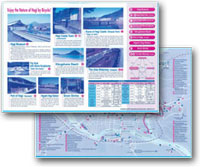 |
>> HOME |
>> Japanese |
City Tour
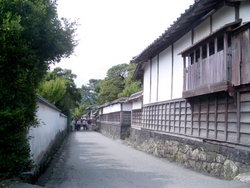 Around the Castle Town
Around the Castle Town
The streets of this area were lined with the middle and lower class samurai’s houses and merchants’ on either side. Some of the houses and the streets still remain as they were. While walking along the quiet streets, you might hear samurai’s footsteps. The widest street which led to the castle was called “Onarimichi”, the main road where the feudal lords’ processions passed. Two old stately merchants’ houses stand facing each other with Onarimichi between. One is Kikuya Family Residence and the other is Kubota Family Old Residence.
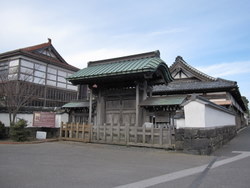 The domain school of Meirinkan
The domain school of Meirinkan
Believing the fundamentals of reigning consisted in education, the 5th lord Yoshimoto Mori established the domain school of Meirinkan in the middle of the Edo period. The founding of the domain school was earlier than most other domain schools throughout the land. In the later Edo period the 13th lord Takachika Mori transferred the school to the present site in order to be expanded and promoted literary and military arts. Especially under the necessity of coastal defence, Western knowledge and technology were actively introduced and the domain school of Meirinkan became one of the main comprehensive schools in Western Japan.
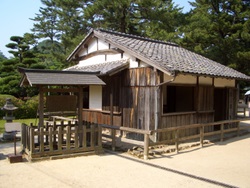 The Shokasonjuku Academy and Shoin Yoshida
The Shokasonjuku Academy and Shoin Yoshida
Shoin Yoshida (1830~1859) was born as a second son of the lower class samurai. At the age of six he was adopted by Daisuke Yoshida, his uncle and a strategist. He became a decent teacher of the school when he was 19 years old. After walking through much of Japan, he attempted to board on one of Commodore Perry's black ships to stow away into a foreign country to see more of the world at the age of 25. But unfortunately he failed and he was imprisoned. Later he was released to house arrest at his parents' home, and he began to give lectures at the the academy at the age of 28. About 90 students learned at the Shokasonjuku academy and the academy produced a number of great persons who contributed to modernizing Japan.
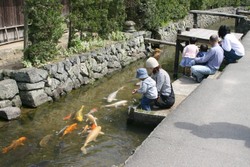 Aiba Narrow Canal
Aiba Narrow Canal
Hagi is situated on the delta of the Abu River. In the past it was often flooded by the heavy rain. In 1744 a watercourse, 2.6 km in length, was canalized for flood control of the river. It was also used for water supply for farming, living, and fire fighting. Small boats sailed to transport various things. Old samurai houses along the canal drew water into their kitchens and gardens. Even now it is closely connected with the daily lives. There still remains a great deal of a quaint atmosphere of the castle town.
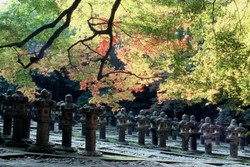 Tokoji Temple
Tokoji Temple
Tokoji Temple was founded by an Obaku Zen priest named Egoku in 1691 and is one of the greatest temples belonging to Obaku Zen school in Japan. The 3rd (Yoshinari) and following odd-numbered (until the 11th) generation Mori feudal lords were buried here. There are almost 500 stone lanterns donated by the lords’ servants (Samurai).
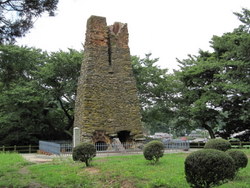 Hagi Reverberatory Furnace
Hagi Reverberatory Furnace
The reverberatory furnace was developed in the West, and was used for melting metals. In the late Edo period when there was a sense of growing crisis against the Western powers, the Tokugawa shogunate and some other domains set about the work of constructing the furnace. They needed Western-styled guns made of iron. There still remain only two of them in Japan: one is in Nirayama, Izu, and the other is in Hagi. It was built of basalt and bricks and it is a precious historic heritage in our history of industrial technology. It is known by records that it was used as a testing furnace in 1856.
Maps
Nature Course MapPDF Download (754kb) |
|||||
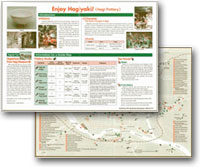 |
Hagi Pottery CoursePDF Download (754kb) |
||||
|
|||||
| Link → |
Copyright © Hagi Museum. All rights reserved.
